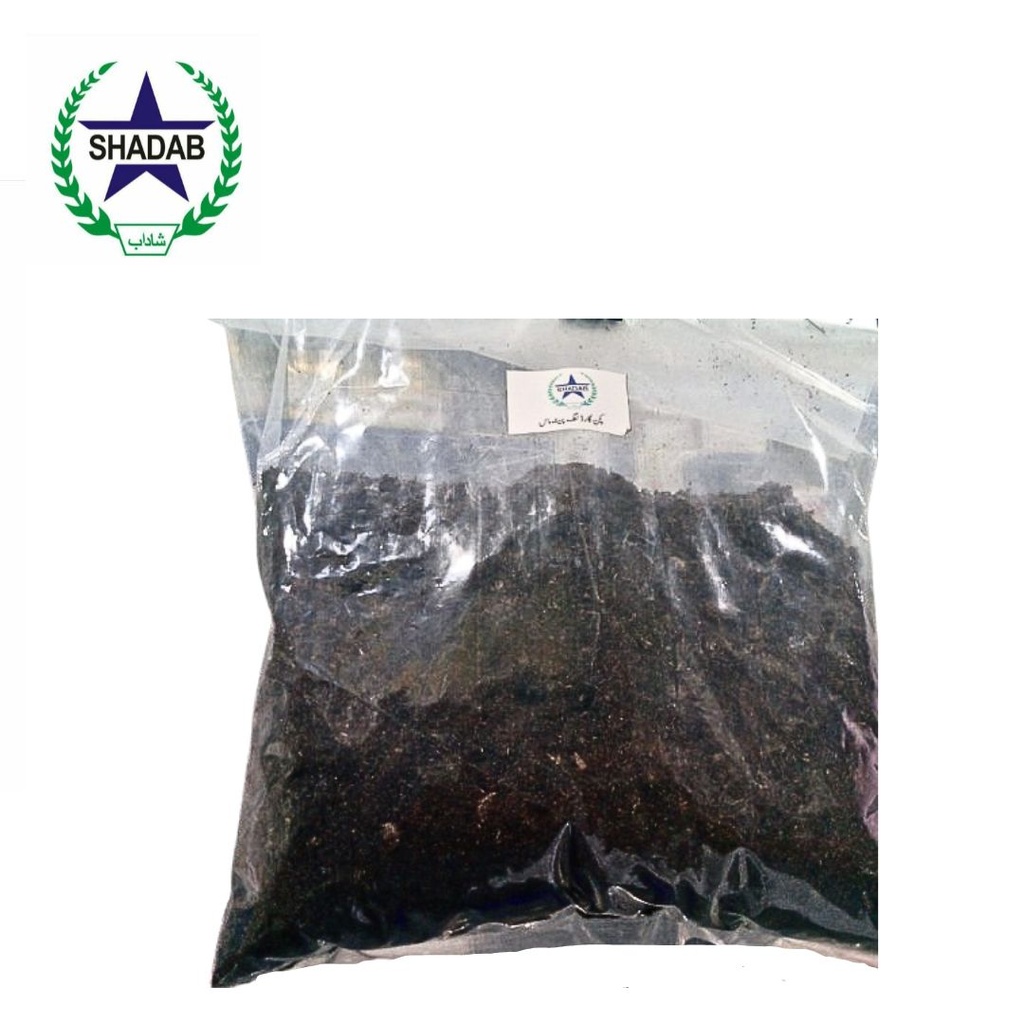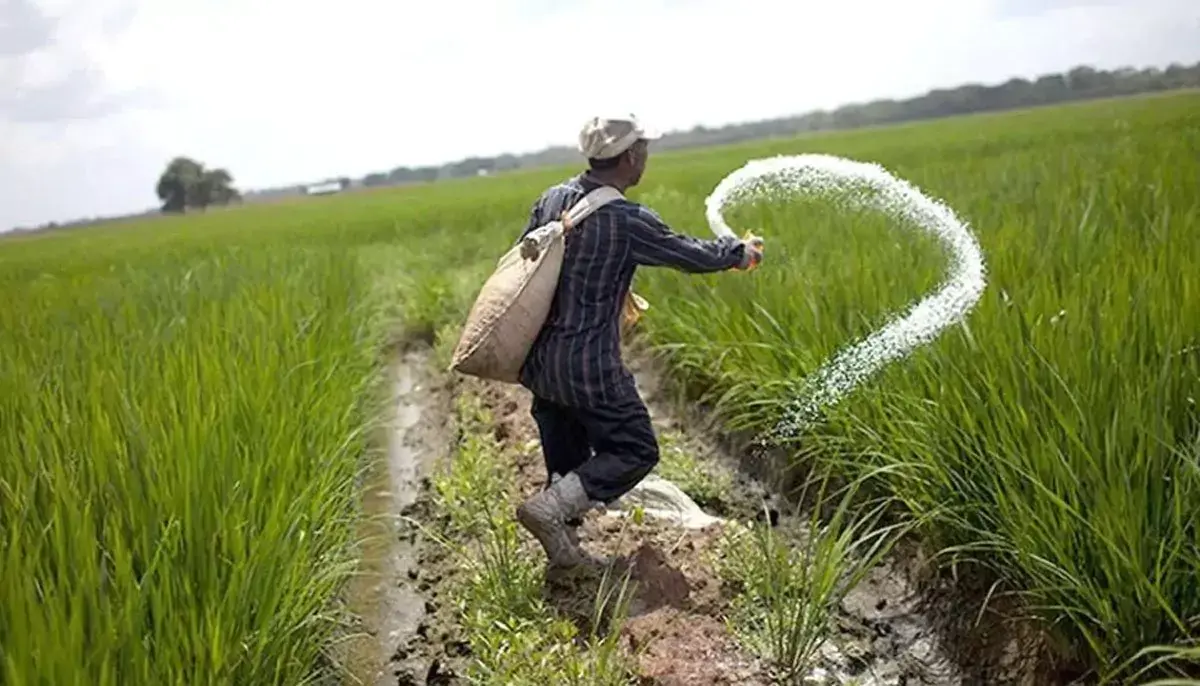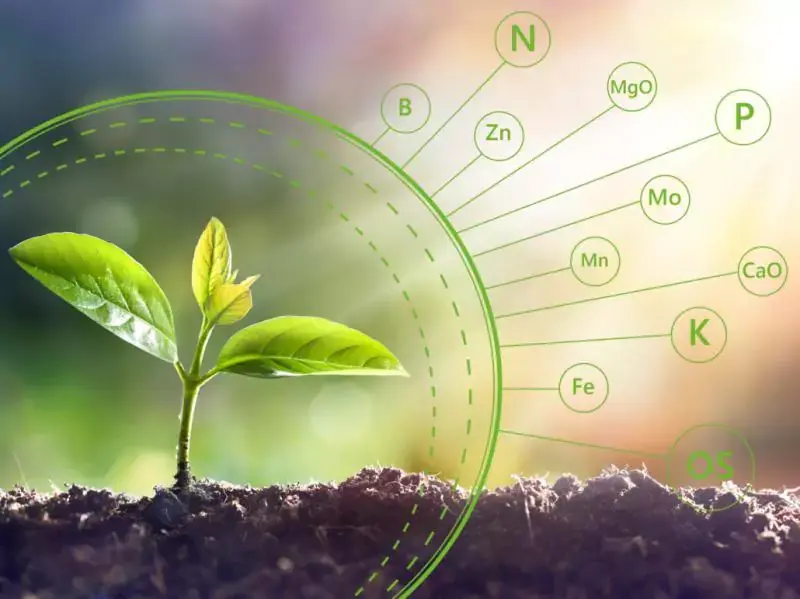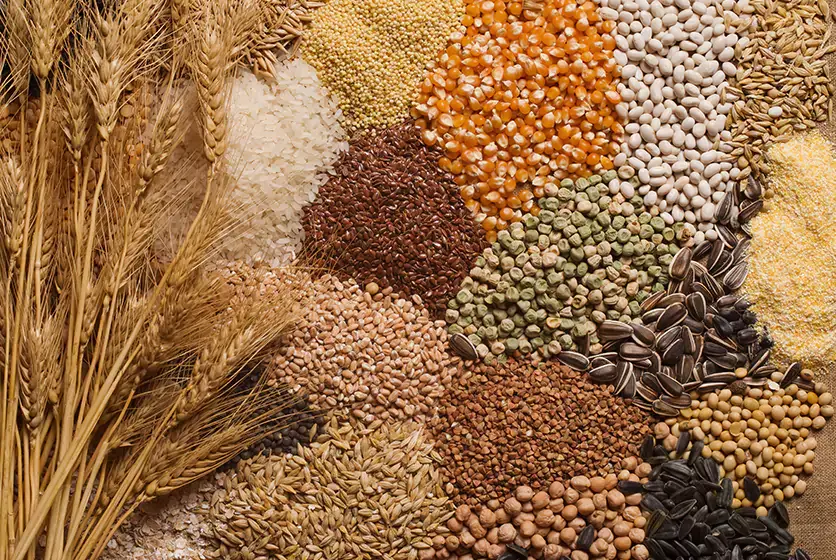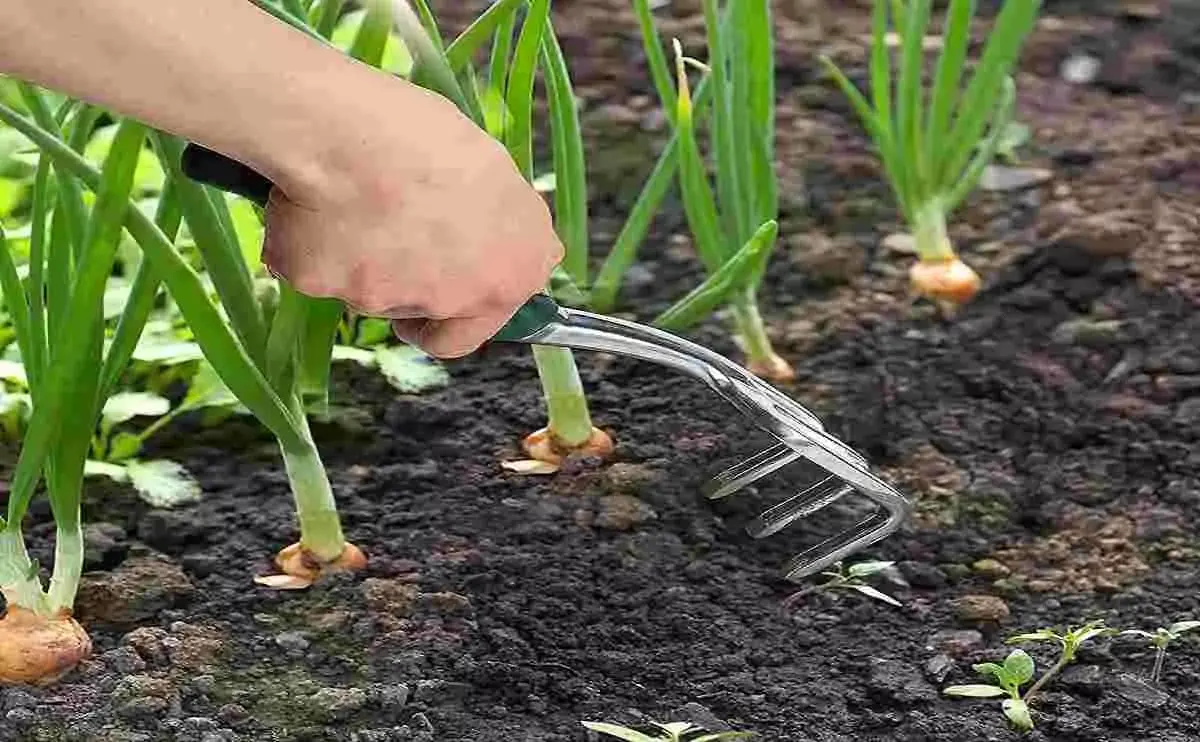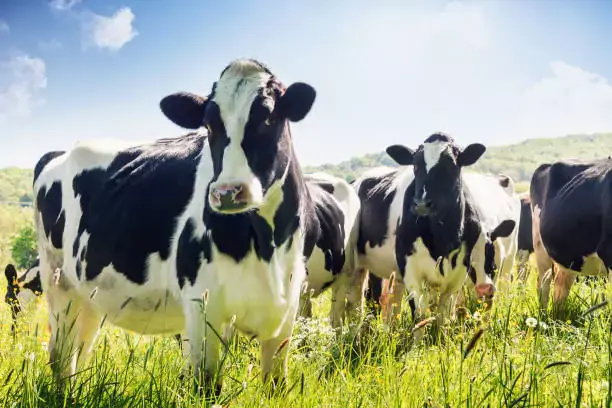Agroganic Peat Moss
What is Peat moss?
Peat moss is a natural, fibrous substance that results from the long-term decomposition of sphagnum moss and various organic materials found in peat bogs. This product is highly regarded in the fields of gardening and horticulture due to its remarkable ability to retain moisture, promote soil aeration, and hold essential nutrients. By improving soil structure, peat moss is particularly beneficial for seed germination, enhancing potting mixtures, and enriching the soil in gardens, flower beds, and containers.
Peat Moss Key Features
Peat moss possesses several significant characteristics that enhance its utility in gardening. Its remarkable ability to retain water ensures that soil remains moist for extended durations, which is particularly advantageous for plants that thrive in consistently damp conditions. Additionally, peat moss improves soil aeration by loosening dense clay soils, thereby facilitating more efficient root growth and respiration. It also serves as an effective reservoir for nutrients, gradually releasing them to plants over time, which guarantees a sustained supply of essential elements. The slightly acidic nature of peat moss makes it especially suitable for acidophilic plants, including blueberries, azaleas, and hydrangeas. Furthermore, being a natural and organic substance devoid of harmful chemicals, it is safe for various gardening applications. Its sterile properties render peat moss an excellent choice for seed starting, as it provides a clean and disease-free environment conducive to germination.
Benenfits of using Agrorganic peat moss
Peat moss serves various purposes in gardening and horticulture. It can be combined with vermiculite or perlite to formulate an optimal medium for seed starting, ensuring that young plants receive the necessary support for growth. Additionally, incorporating peat moss into garden soil enhances its structure, improves water retention, and boosts its capacity to hold nutrients, making it a valuable soil conditioner. For potting purposes, blending peat moss with soil and compost results in a well-balanced mix suitable for container plants. Furthermore, it can be utilized as mulch, effectively retaining soil moisture and shielding plants from temperature variations.When preparing a seed-starting mix, it is recommended to combine equal parts of peat moss with either vermiculite or perlite. This mixture should then be used to fill seed trays, where seeds can be planted according to their specific instructions. It is essential to maintain the moisture level of the medium, ensuring it remains damp without becoming overly saturated.
Agrorganic Peat Moss Application Guidelines
Soil Amendments
Soil Amendment: To enhance existing garden soil, incorporate 2 to 3 inches of peat moss into the upper 6 to 12 inches of the soil profile. For potting soil, create a nutrient-dense mixture by combining equal parts of peat moss, potting soil, and compost.
Soil Conditioning: In the case of clay soils, applying 3 to 4 inches of peat moss can significantly improve drainage and aeration. Conversely, for sandy soils, integrating 2 to 3 inches of peat moss will aid in moisture and nutrient retention. It is essential to thoroughly water the soil after the addition of peat moss to activate its moisture-retaining capabilities. Additionally, it is advisable to refrain from using peat moss in alkaline soils, as it may further decrease the pH, potentially creating unfavorable conditions for certain plants.
